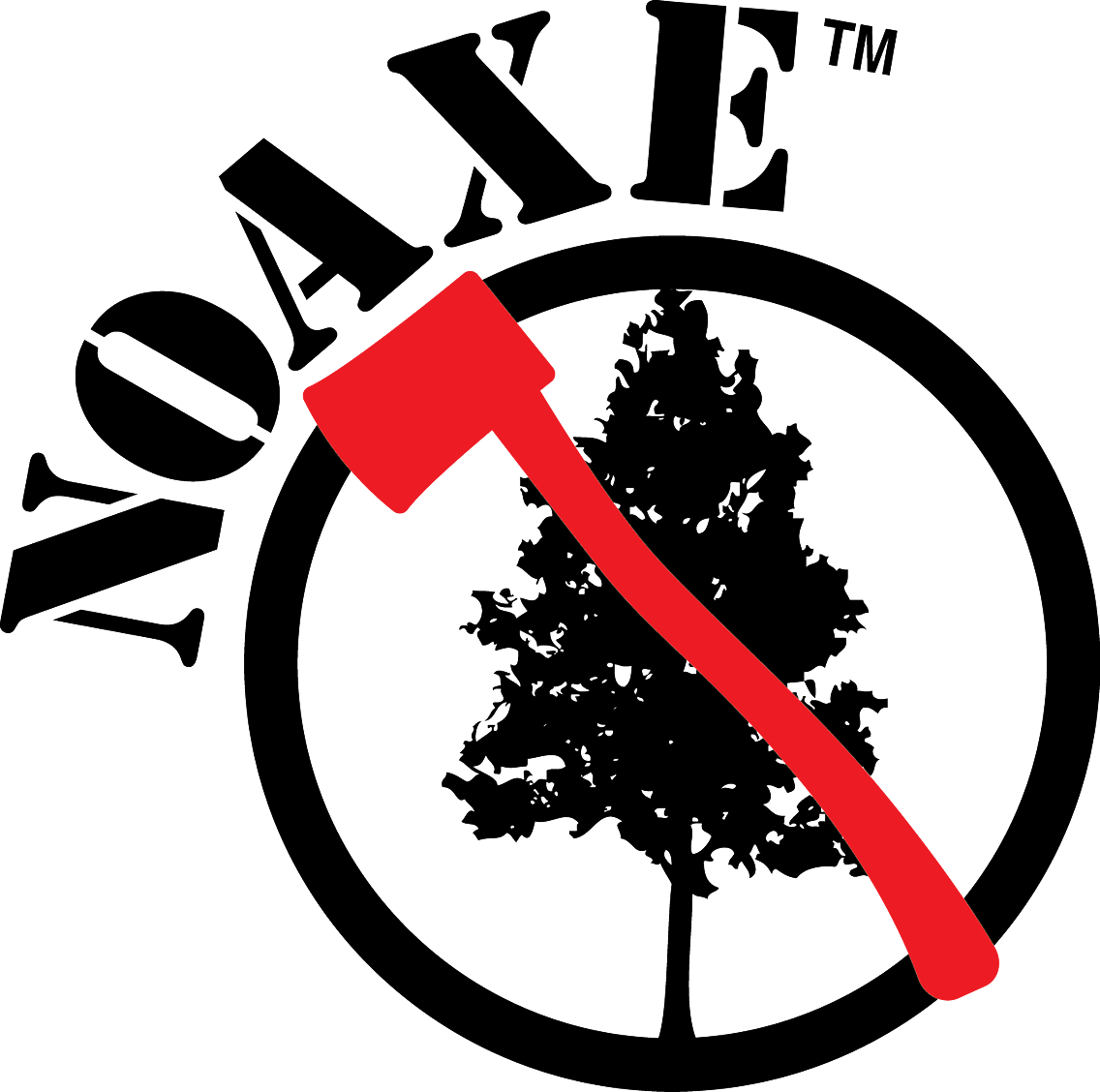
For a healthy world
We rely on meticulous research to qualify environmental facts and engineer our bags. Since 80%+ of all NOAXE bags are recovered in EPA landfills, they have by far the lowest overall environmental impact on our forests, wildlife, communities, planet, and health.

Meet 400+ U.S. Bag Ban Laws

NOAXE Bags - Good For Your Health & the Environment
Compare to Paper Bags

Compare to Non-woven Bags

NOAXE Bags Are the Responsible Choice
One truckload of NOAXE bags reused ten times is equal to eighty truckloads of paper bags recycled ten times!
Sources: U.S. EPA, National Wildlife Federation, Georgia Pacific Corporation, Bag Ban Facts, NASA, eHow, Environment and Plastics Industry Counsel, Greenpeace, Environmental Agency of Great Britain, Cal State University Chico, American Chemistry Council, Zero Waste California, CalRecycle, TRI and DTSC agencies, Mom’s Clean Air Force, American Plastics Institute, Sustainable Packaging Institute, Humboldt State University, Environment California, American Chemistry Council, We Green – USA, The Hartland Institute, Time for Change, Green Press Initiative, The World Counts, Inteplast Corporation, U.S. Forest Service, International Energy Agency.
